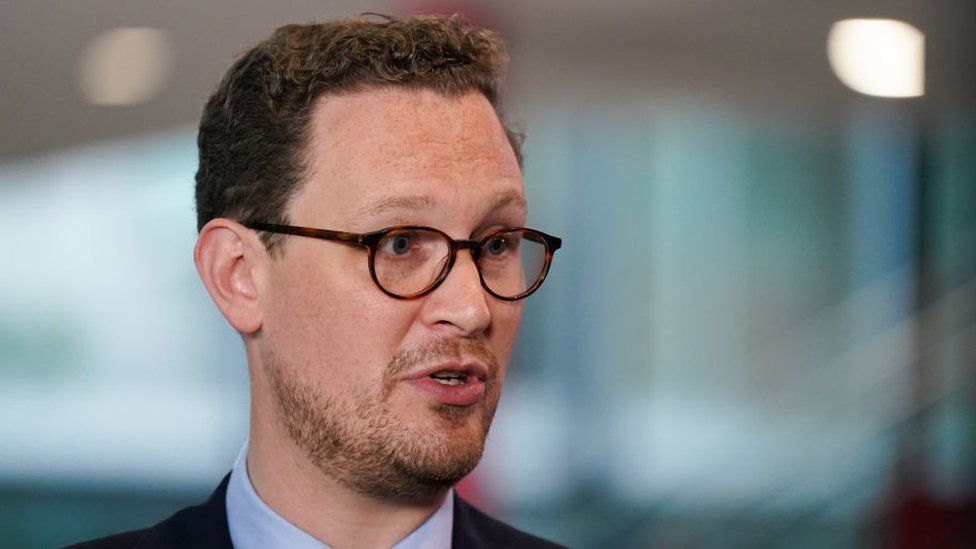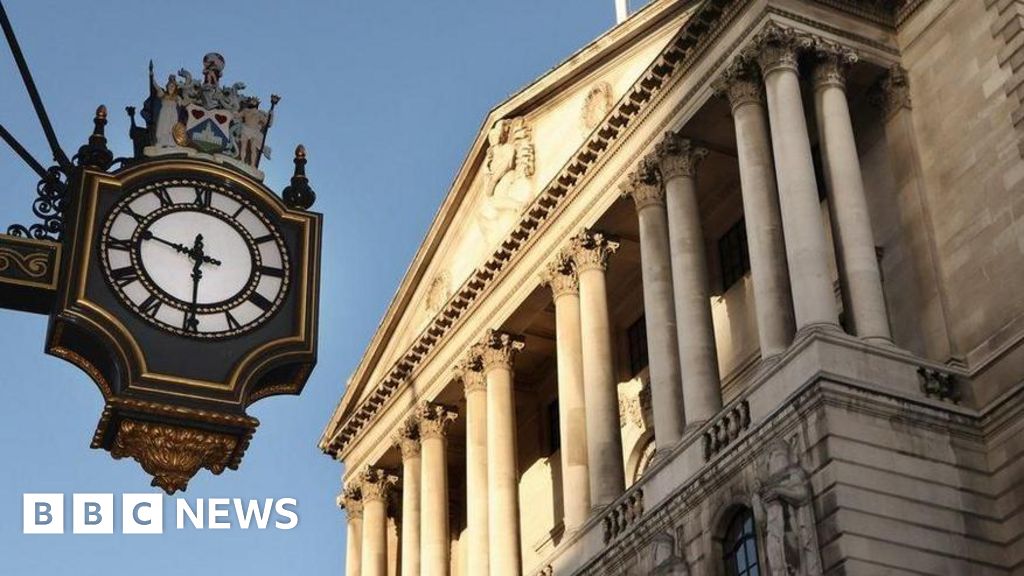ARTICLE AD BOX
 Image source, Getty Images
Image source, Getty Images
By Becky Morton
Political reporter
Labour has said it hopes to cut net migration to a "normal level" of "a couple of hundred thousand a year" if it wins the next election.
Shadow chief secretary to the Treasury Darren Jones said the party would hope to achieve that within the first term of a Labour government.
But he said the numbers would depend on the needs of the economy.
The Conservatives are under pressure to cut migration after new figures showed it reached record levels last year.
Net migration - the difference between the number of people coming to live in the UK and those leaving - was 745,000 last year, according to figures from the Office for National Statistics, published earlier this week.
Labour leader Sir Keir Starmer has described the figure as "shockingly high", while Prime Minister Rishi Sunak has also said immigration levels are too high and need to come down "to sustainable levels".
Asked on the BBC's Sunday with Laura Kuenssberg what a reasonable level of net migration would be, Mr Jones said: "The normal level is a couple of hundred thousand a year but it depends on the needs in the economy."
Pressed on whether this would be something Labour would hope to achieve in its first term in government, if the party wins power, Mr Jones said: "I think we probably would hope to do that, yes, but we've talked about a decade of national renewal."
However, he added that the Conservatives had left "deep structural problems" which would "take time to fix".
Mr Jones suggested the "abnormally high number of work visas", particularly for health and social care, reflected issues with the way the NHS was being run by the government.
He called for "a proper NHS workforce plan" and improvements in productivity so the UK was not so reliant on workers from overseas.
Labour's shadow home secretary Yvette Cooper also told the Sunday Times her party would increase the salary requirements for workers to come to the UK.
The vast majority of those arriving in the UK in the year ending June 2023 were from outside the European Union.
Students accounted for the largest group of non-EU migrants, followed by those coming for work. The ONS said this could largely be attributed to people on health and care visas, with the sector facing chronic staff shortages.
However, it said provisional figures suggested the rate of net migration could now be slowing, with the estimated number falling back to 672,000 in the year to June.
Chief Secretary to the Treasury Laura Trott said this was "positive news" but that the government was taking further steps to cut migration.
Ms Trott told the BBC the government's long-term plan for the NHS workforce would also mean more people would be trained for jobs in health and social care.
Back in 2010, Lord David Cameron, the former Tory prime minister who was appointed foreign secretary in the recent reshuffle, pledged to get net migration below 100,000 - but the commitment has never been met.
The Conservative Party's 2019 manifesto also promised to bring overall numbers down, without setting a specific target, after the introduction of post-Brexit border controls.
Tory MPs on the right of the party, including former Home Secretary Suella Braverman, have been calling for tougher measures to cut migration.
Immigration Minister Robert Jenrick has drawn up his own set of proposals, which are not yet government policy but are being discussed internally.
These include increasing the minimum salary required for a work visa and introducing a cap on health and social care visas.

 1 year ago
32
1 year ago
32








 English (US) ·
English (US) ·